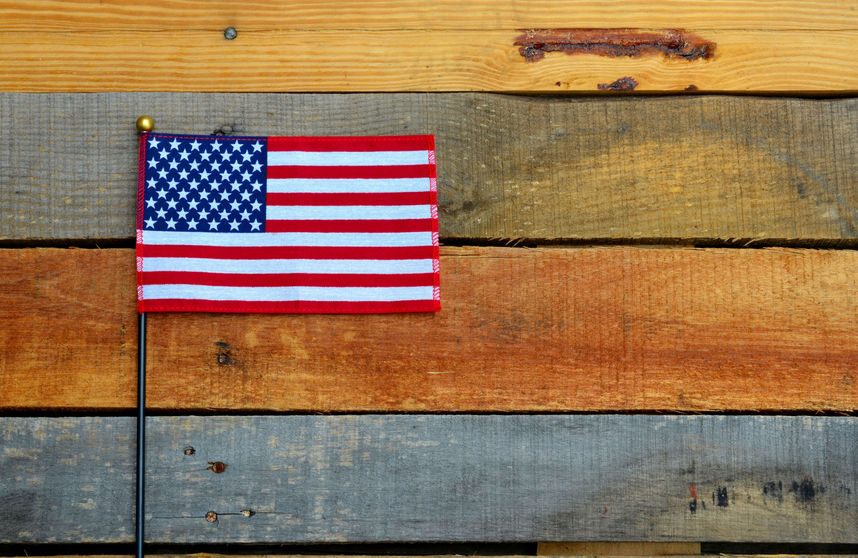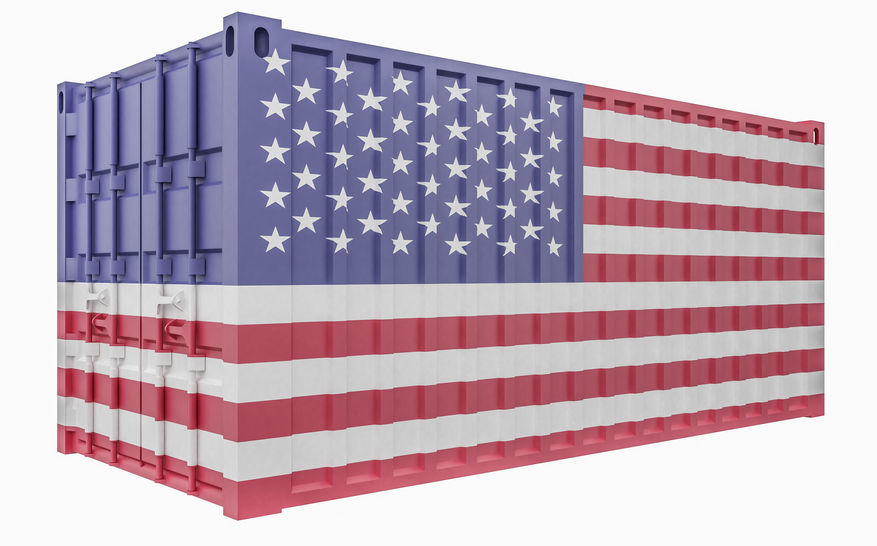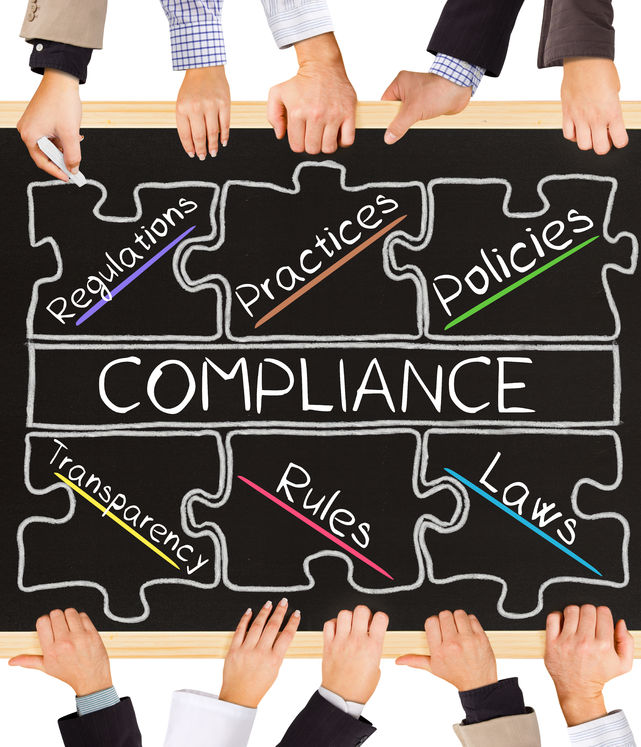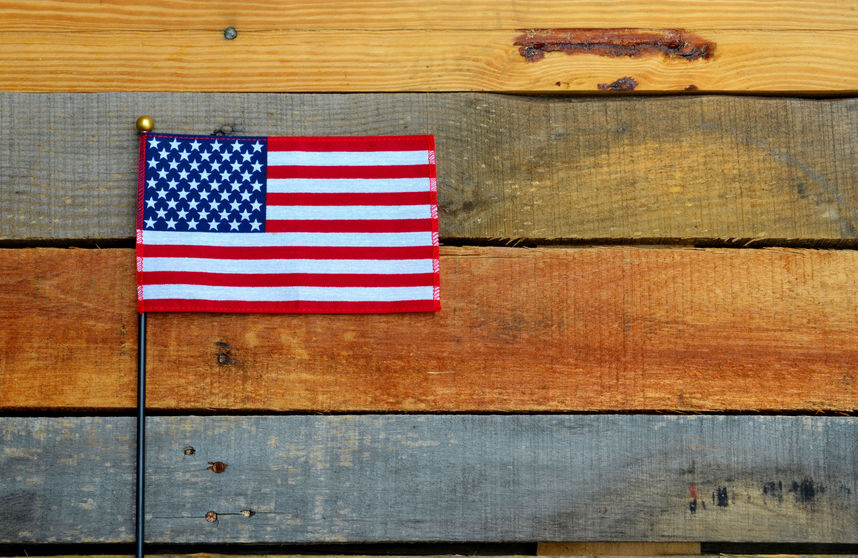How do I import wood products into the U.S.?

Plywood, flooring, crates, sculptures… When moving wood items across the border, importers need to know what’s required of them by customs and other regulatory agencies.
Importing into the U.S. and the “Reasonable Care” requirement

The process of clearing goods through U.S. customs can seem a bit cumbersome and confusing. In this blog, we’ll aim to clarify the legal requirement to use “reasonable care” when importing goods into the U.S.
Certificates of Origin

A certificate of origin is a legal document that certifies a product’s country of origin. Certificates of origin (COs) are needed to assess the correct duty and to qualify imported products for reduced duty under free trade agreements (FTAs).
Importing into the U.S. – Changes aplenty

February 2017 update We published a blog on this same topic just a few months ago (Change is in the air) and thought we should provide a few updates on developments that have occurred since. With a new U.S. administration in place, there are bound to be ongoing effects to the import/export community so check back for.
This one’s for importers: Know your customs responsibilities

Canadian customs laws and regulations are complex and ever-changing, and importers, large and small, appreciate the challenges inherent in navigating such a system. Non-compliance with customs requirements carries a range of penalties, the severity of which varies with the nature of the infraction. And while the.
Chapter 5: Importing into the U.S. – Maximize your likelihood of success with U.S. Customs

The most effective approach to ensuring a smooth U.S. Customs experience is to take proactive measures and remain fully informed. With proper planning and by tapping into expert advice as needed, your company will be less likely to face customs inquiries and scrutiny – and penalties. Follow these steps to maximize.
Give me a break! Expanded tax and duty breaks for U.S. importers

The Trade Facilitation and Trade Enforcement Act (TFTEA) was signed into law in February of this year and brought in regulatory changes in several areas, including tax and duty exemptions at the U.S. border. Tax and Duty Breaks According to TFTEA Included in the TFTEA is an amendment to Section 321 of the Tariff Act,.
Chapter 4: Importing into the U.S. – Know Your Responsibilities

Customs brokers work with companies that import and export goods across international borders to help ease the process and reduce the possible risks associated with cross-border trade. Under the Mod Act, importers are responsible for demonstrating compliance with U.S. Customs and Border Protection (CBP) requirements –.
Is it my imagination… or is Customs getting smarter?

Have you ever experienced inconsistency at the hands of U.S. Customs? Ever had shipments of similar or even identical goods classified differently at different ports of entry? Chances are, you have. Here's why: Customs Has Been Known to Be Inconsistent This isn't really that surprising, given that import assessment.
Chapter 2: Importing into the U.S. - Change is in the air

Regulatory changes related to border enforcement were signed into law in February of this year under the TFTEA (Trade Facilitation and Trade Enforcement Act). All indications are that enforcement at the U.S. border is on the rise already, and this trend is likely to continue.

Latest Articles
- Exporting guide for Canada – 10 essentials for exporters
- Bi-weekly Freight Updates - April: latest news and updates on the worldwide supply chain
- The Comprehensive and Progressive Agreement for Trans-Pacific Partnership (CPTPP)
- CARM Release 2 Postponed to October 2024
- Earth Day 2024 – importers, shippers and customs brokers can improve environmental sustainability
